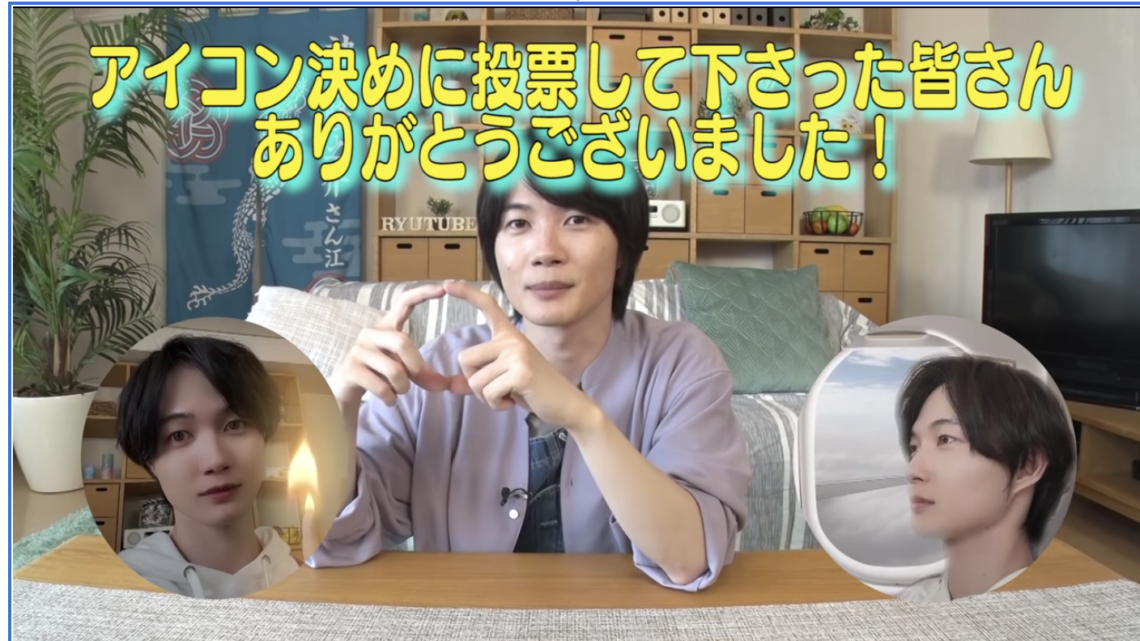What speech patterns does he use when explaining things. What level of formality does he use throughout the video? Does it change depending on the context?

[I would like to thank everyone for voting and helping me pick which icon I should use.]
From what I can tell he uses a mixture of formal, semi formal and casual in his video. It is very context dependant as well. As you can see in the picture above, he uses super formal speech when he is addressing the audience directly. He uses kudasatta, the semi formal form of please and gozaimashita, which is the formal add on for thank you. However, he doesn’t add in any ~ittadaite particles, which indicate a really humble and formal tone.
When he talks to the film crew he uses basic polite speech with lots of desu and masu in it because they are older than him and it is customary to use polite speech to those older than you.
He only really uses informal occasionally and only when he is cracking a joke at his own expense. Informal responses are much shorter, quippier, and blunt, creating a stronger punchline for his jokes. It’s the difference between hitting yourself with a metaphorical soft fluffy scarf of polite speech or a plank of informal wood. One simply hits harder.
I unfortunately can’t show this language difference via pictures because oftentimes the kanji that is splayed across the screen in neon block letters are in more formal language. I am guessing this is because it is meant to act like a coconspirator of the audience, talking to them and commentating on what’s happening on screen. Think of it like when you watch a show with a family member and someone either quotes the guy on screen or makes fun of what he says. It is also like the written version of Manzai, a form of Japanese stand up comedy where two comedians, one dumb guy and one straight man converse with each other and crack jokes. The straight man makes observational comments that cut the dumb goofball down to size while simultaneously relating with the audience. The Kanji is the straight man to the Kaminki’s dumb goofball. However, because it is both addressing Kamiki and the audience, the kanji has to be more formal than the average Manzai straight man.
This video is honestly such a great language resource for me. Through analyzing his speech patterns I now have a pretty good understanding of what kind of language is appropriate to use in a variety of contexts. I also have a better understanding of how text can be used to create both formality and humour at the same time.





